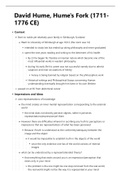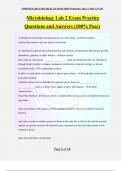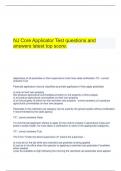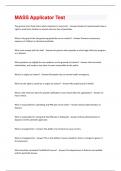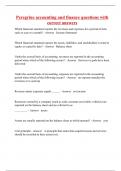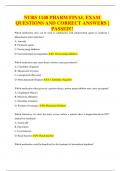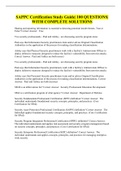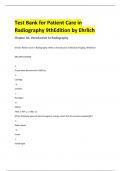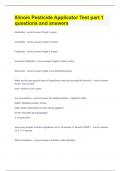Summary
Summary and detailed outline of David Hume and his observations
- Course
- Philosophy/FIL (FIL110)
- Institution
- University Of Pretoria (UP)
Included in this package is a detailed mind map of David Hume. It provides context on the philosopher and his interests, explains clearly each of his claims, and visually helps the student understand how one comes to the epistemic knowledge of David Hume. For those who prefer written notes over...
[Show more]
